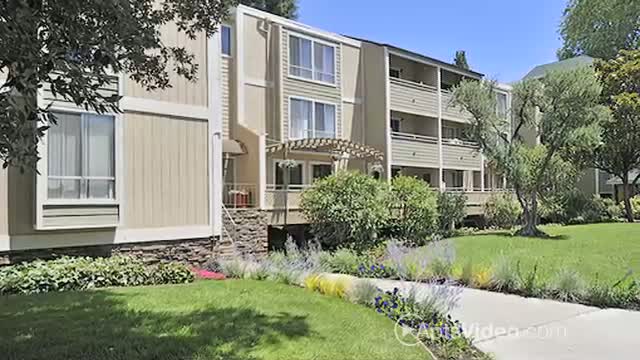Analyzing commercial properties
If you have been following our series and taking action, there should be a consistent flow of property deals now coming across your desk. In this part 4 of our commercial real estate series, we will share how to analyze these properties you are finding. The key is to become efficient and effective at quickly screening the good deals from the bad ones AND looking for clues that provide an opportunity to add value. In some respects, this is a numbers game, and there will be many more bad deals than good ones coming your way. Last, the more deals you analyze, the better and faster you will get at screening them. So let’s jump in.
At the heart of it, any multi-family or commercial property should be viewed as a business. There is income generated from rents, as well as expenses that you will have for managing and maintaining the property. What is left over after your expenses represents the net operating income. To compare “similar” properties, we look at their cap rates (capitalization rates), which are basically the unleveraged yields the properties provide relative to their values. Simply put, the value of a property is equal to the net operating income (ie gross income, less expenses) divided by the cap rate. Net operating income is generally provided in the property packages you receive from brokers. The cap rate that will define whether a deal is worth pursuing further is based on many factors, including property type, quality/age (A,B,C,D) and location. Let’s dig in deeper.
When you look at a property’s income statement, you will need to have some basic knowledge of the local market rents, vacancy rates and individual expenses required to successfully manage the type of asset being analyzed. How do you get that information? Brokers will happily provide it to you, but realize they generally have a bias to provide very rosy numbers. Until you have done a deal or two in a particular geographical market and property type, the best sources for this information are property managers and other investors in the area. As much as possible, you want to analyze properties based on “actual” income and expense numbers, so make sure you always ask for a current financial statement and rent roll. Brokers typically will present a “pro forma” income statement, which represents how the property should perform in a perfect world. Be careful with these optimistic projections, and always try to start with the trailing 12 month financial statement. In a fast, upward trending market, we will often be presented numbers based on trailing 3 income figures and trailing 12 expenses. To have a competitive offer in these situations, you will likely need to analyze the deal using those numbers.
The cap rate you should be using to determine your offer price should be based on several factors, including the property type, location, condition of property and your goals/criteria. In today’s overall strong markets, cap rates (yields) are significantly smaller than even a few years back. You will need to do some research on this subject by talking to multiple brokers in the area, property managers, other investors and simply looking at many properties on-line. There are also many sources for general cap rate information in major markets (try Marcus & Millichap and CBRE websites). Once you determine the cap rate you will use, determine the value (ie max offer price) by dividing net operating income by the cap rate.
Another important number needed to analyze a property is the “cash-on- cash”. This number is calculated by adding up all the cash required to buy a property (ie down payment, loan fees, closing costs, reserve accts, due diligence, legal, acquisition fees, etc) and then dividing that number by net operating income + cap ex budget. This number should be large enough to satisfy the investment returns expected by you and any investor partners. Often times it means you will be offering a price much less than asking price or just passing on the deal. Sometimes a low cap rate deal can still work if you determine a “value add’ strategy that will significantly increase income and/or reduce expenses.
A strong value-add play is the best way to force appreciation in the short-term. Some examples of strategies to increase income are improving curb appeal, adding external amenities like covered parking and storage, doing unit improvements or tenant improvements (in the case of commercial properties), increasing tenant share of utilities and implementing tenant retention programs. Expenses can be reduced by hiring a more effective management company, bidding out contract services (trash, snow removal, landscaping, etc), bidding insurance, contesting property taxes and implementing energy efficiency programs. All of these examples can help the bottom-line, which directly impacts the value of the property. If you find a property where their is the possibility to make substantial improvements as described above, it may be a good deal even if the “current” operating numbers don’t meet your goals. Remember, the higher the net operating income, the higher the property value.
We encourage you to get started as soon as possible. You will likely run in to questions a long the way, and in those cases, use your network of brokers, property managers and us to provide answers and guidance. In the next newsletter, we will discuss how to write an offer, negotiating tips and due diligence.





